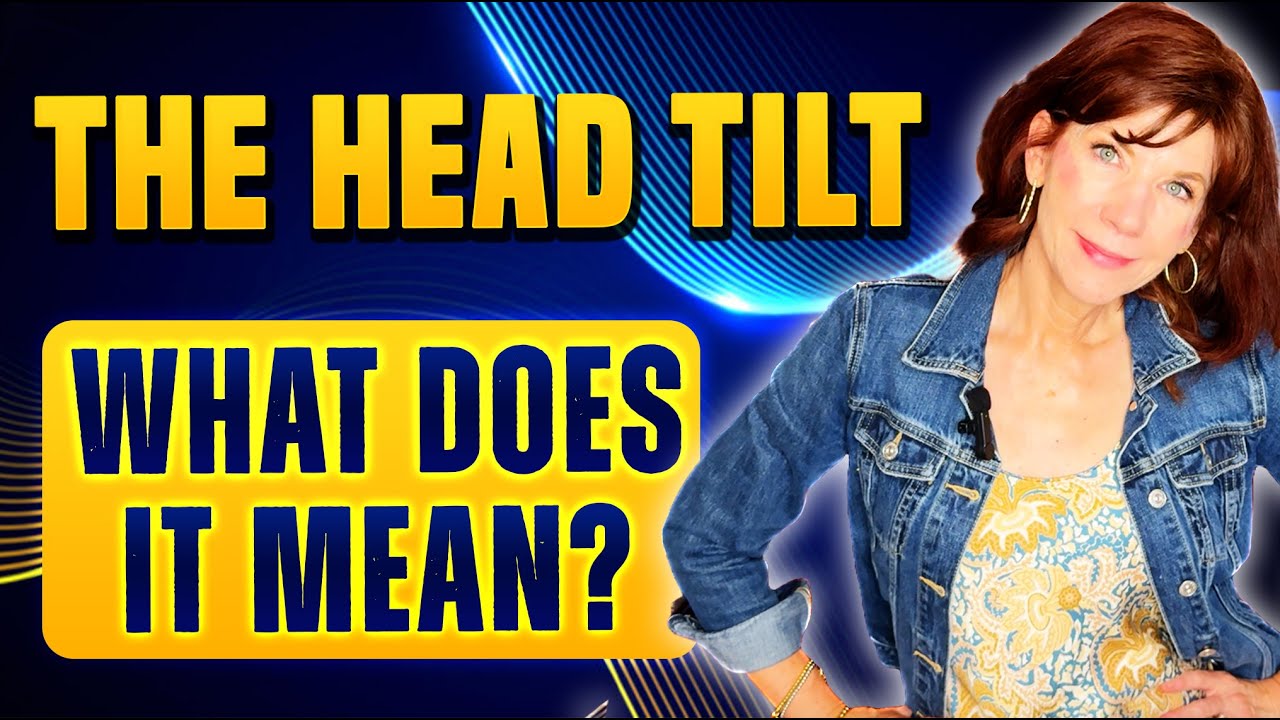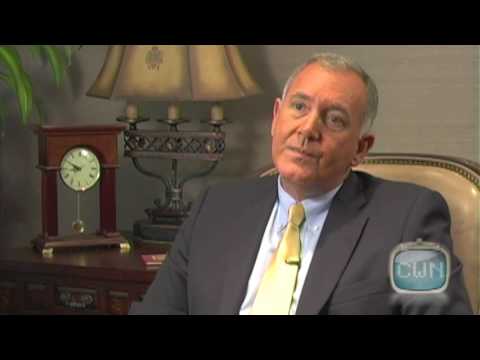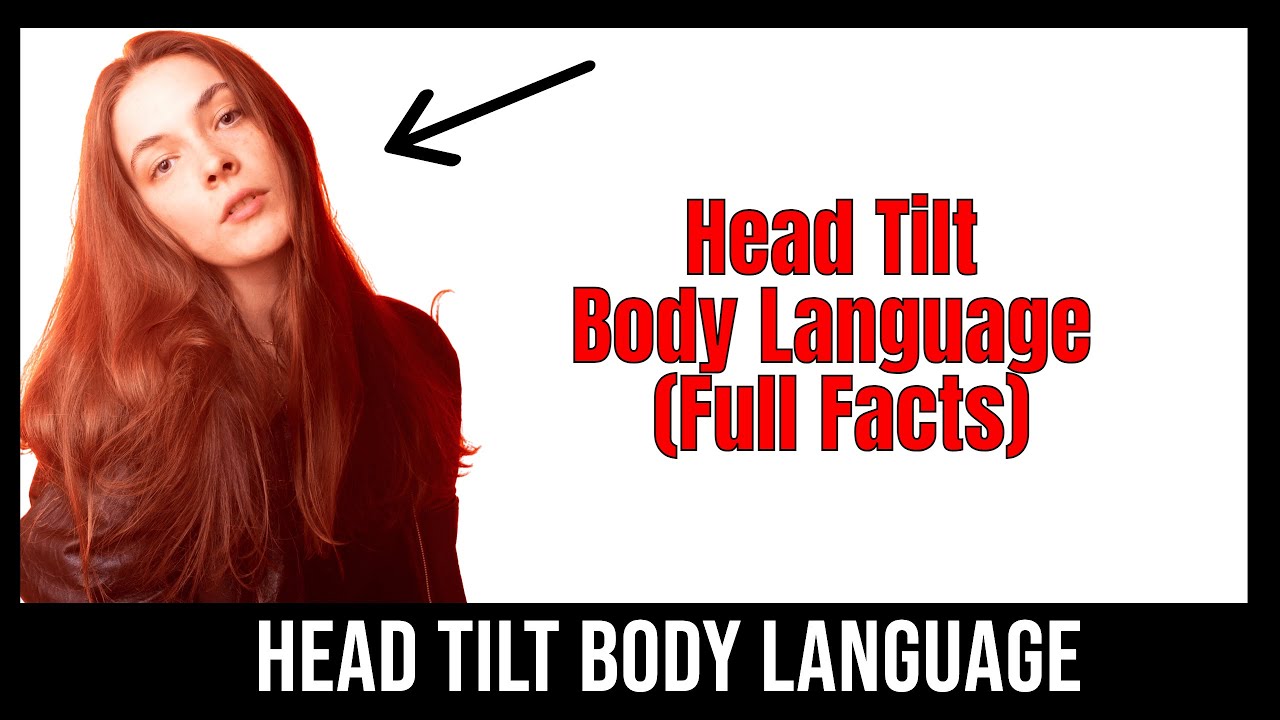In the competitive landscape of professional speaking and business leadership, one often overlooked aspect can set you apart from the crowd: the impact of body language tilting head. This simple yet profound gesture can signal not only curiosity but also trustworthiness. As you embark on your journey as a speaker or entrepreneur, understanding and mastering body language will elevate your connection with your audience, ultimately helping you build a powerfully authentic personal brand. This article dives deep into the science behind the head tilt and its implications in effective communication.

1. The Science Behind Body Language Tilting Head
Body language is a potent form of nonverbal communication, and the head tilt is one of its key signals. Research from psychology reveals that a tilted head reflects openness and engagement. According to a study published in the Journal of Nonverbal Behavior, participants showed higher levels of interest and connection when their conversation partners demonstrated a body language head tilt. This response is tied to brain activity linked to empathy and social bonding—critical aspects for any aspiring leader.
In a world where word choices matter, don’t underestimate the influence of body language tilting head on audience perception. As an aspiring speaker or entrepreneur, mastering nonverbal cues becomes a key game-changer.

2. Top 5 Examples of Body Language Head Tilt in Action
Leaders and influencers utilize the body language tilting head with finesse, and we can learn from their approaches. Here are five notable examples:
Evaluating these figures shows that deliberate body language, like a body language head tilt, enhances connection and makes messages stick.

3. Differentiating Great Body Language from Closed Off Body Language
Understanding the differences between great body language and closed-off body language is crucial for effective communication.
By mastering body language tilting head and being aware of its contrasts, you can cultivate a more engaging communication style that draws people in rather than pushing them away.

4. Harnessing the Power of Body Language Tilting Head for Effective Communication
To incorporate body language that signifies curiosity and trust effectively, consider these actionable strategies:
These practices align seamlessly with the idea of nurturing great body language that attracts and retains attention.

5. The Impact of Body Language Tilting Head on Leadership Presence
Leaders who master body language, particularly through the head tilt, foster a more connected workplace culture. For example, Satya Nadella of Microsoft exemplifies how this subtle cue enhances team rapport, leading to a more collaborative problem-solving environment. By signaling openness and curiosity, Nadella cultivates a work atmosphere where team members feel valued and empowered to share their thoughts, driving innovation.
In a similar vein, using the body language tilting head during speeches or meetings can enhance your personal brand, helping you land high-ticket speaking engagements. Send the message that you are attentive, engaged, and eager to build trust with your listeners.
Final Thoughts on Body Language Tilting Head as a Tool for Connection and Trust
The body language tilting head, though seemingly minor, carries a massive impact on establishing trust and enhancing engagement in both personal and professional spheres. As our global culture becomes more cognizant of nonverbal cues, the art of mastering body language—especially the head tilt—offers transformative opportunities for effective communication. As you work to enhance your personal brand, remember that these seemingly subtle nuances can create an authentic connection, paving the way for lasting impact.
So, take charge of your speaking career and leverage the power of body language tilting head as a dynamic tool for connection and trust. In the world of business and speaking, every gesture matters.
For additional insights on enhancing your communication and speaking abilities, check out my articles on Goals Habits and best Slides For presentation. Dive into the nuances of hands Clasped body language too, and discover how to make your slides more interesting with tips from my guide on How To make Slides more interesting.
Let’s make your journey a road to success!
Body Language Tilting Head: Signals Curiosity and Trust
The Fascination Behind the Tilt
Did you know that the simple act of tilting your head can speak volumes about your feelings and thoughts? This non-verbal cue often indicates curiosity and trust, making it an essential component of communication. Just think about how the characters in dear evan hansen convey such rich emotions with their movements. A well-timed head tilt can invite others to open up, fostering deeper connections. On top of that, studies reveal that people who exhibit this body language are often perceived as more approachable—like Fonzworth Bentley, who uses body language to engage audiences both on and off the screen.
Trivia Tidbits That Shine
Here’s a neat piece of trivia: body language tilting head is more common in children than adults. Kids are generally less guarded and more curious, making them naturally inclined to tilt their heads when trying to understand the world around them. It’s fascinating how this mirrors the behavior of certain characters in heathers the musical, who grapple with their emotions in bold ways. Remember, the posture you adopt can create an atmosphere of trust and openness, which can be as important as using the right hair growth shampoo—it’s all about presentation!
Connecting Through Curiosity
Curiosity is a human trait, but body language tilting head can signal it in a uniquely impactful way. This gesture is often used when we engage in conversations about interesting topics, much like the colorful animations seen in colors anime that spark intrigue and invite further exploration. When you tilt your head, it shows you’re not just listening—you’re invested. Just imagine the warmth this can lend to personal and professional relationships. So, if you want to foster trust and curiosity in your interactions, remember to give that head tilt a try next time you find yourself in a deep conversation!










